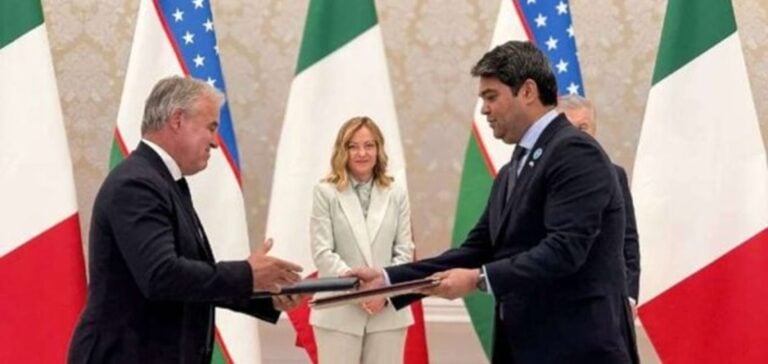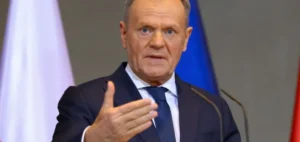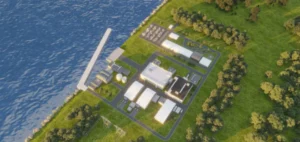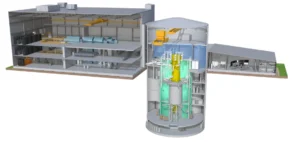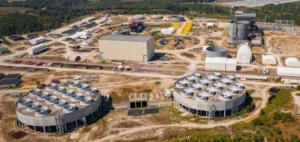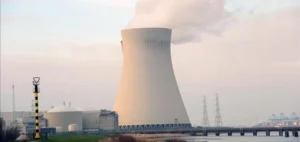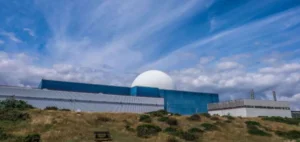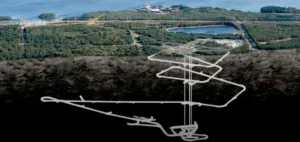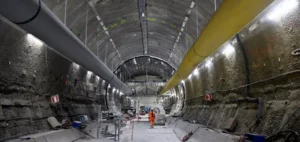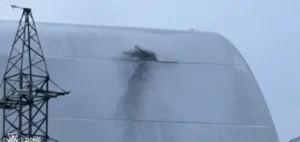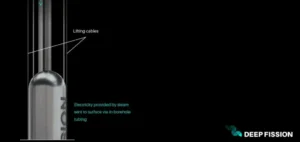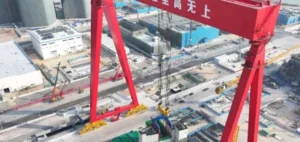Italian company Ansaldo Energia has signed a memorandum of understanding with the Uzbekistan Atomic Energy Agency (Uzatom) to develop strategic cooperation in the field of civil nuclear energy. The agreement was concluded on May 29 in Samarkand in the presence of Uzbekistan President Shavkat Mirziyoyev, Italian Prime Minister Giorgia Meloni, and Italian Ambassador to Uzbekistan Piergabriele Papadia de Bottini. It was signed by Andrea Benveduti, Senior Vice President of Public Affairs and Institutional Relations at Ansaldo Energia, and Azim Akhmedkhadjaev, Director General of Uzatom.
Cooperation on next-generation nuclear reactors
According to the agreement, both parties aim to collaborate on the design and construction of next-generation nuclear power plants, nuclear waste management, and the development of professional training programmes in atomic energy. Special focus will be given to small modular reactors (SMRs), a developing technology aimed at flexible, small-scale nuclear production.
Ansaldo Energia will contribute through its subsidiary Ansaldo Nucleare, which specialises in third- and fourth-generation reactor technologies as well as nuclear fusion systems. The company also plans to establish joint training programmes to enhance technical expertise in Uzbekistan’s nuclear sector.
Regional context and technological competition
The agreement comes amid accelerated development of Uzbekistan’s nuclear programme. In May 2024, Russia signed a contract with Uzbekistan for the construction of a nuclear power plant in the Jizzakh region, using six RITM-200N reactor units, each with an electric capacity of 55 MW. The first unit is scheduled to be operational by late 2029, followed by the gradual commissioning of the remaining units.
This project marks Russia’s first export order for its SMR technology. The land-based version of the reactor is currently under construction in Yakut, Russia, with the first unit expected to go online in 2027.
Large-scale nuclear projects under review
In parallel, proposals remain under review between Uzbekistan and Russia for the construction of a large-scale nuclear plant with a capacity of around 2.5 GW, based on the VVER-1200 pressurised water reactor technology.
The agreement with Ansaldo Energia is part of Uzbekistan’s broader strategy to diversify its nuclear technology partnerships, as the country seeks to secure energy supplies and strengthen its industrial capacity in the sector.


